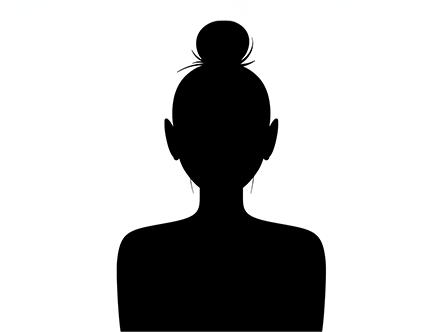Shiatsu is a holistic Japanese bodywork technique adapted from the Chinese bodywork tui na. We commonly think of it as a type of massage. To find out more about shiatsu, The Good Spa Guide spoke to Jon Jarvis, resident shiatsu practitioner at Ragdale Hall Health Hydro.
"Shiatsu is a modern Japanese therapy, which fuses traditional Eastern practices with Western techniques of osteopathy. Literally translated, the name means finger pressure -- shi (finger) and asu (pressure). However, elbows, knees and feet are also used to press along the body's network of meridian lines of pressure points, releasing blockages and energy flow (ki, in Japanese, qi or chi in traditonal Chinese medicine). It is a holistic method of alleviating pain and promoting health in the whole body."
"Massage, along with acupuncture, acupressure and herbalism, was for centuries an integral part of traditional Chinese medicine, which was introduced to Japan by a Buddhist monk in the 16th century. The Japanese developed and refined many of its methods to suit their own physiology, temperament and environment. In particular, they developed the manual healing and diagnostic arts, evolving special techniques of abdominal diagnosis, treatment and massage, which are used in shiatsu today."
"Shiatsu massage can help with everyday conditions but it must be noted that it is a complementary therapy not a replacement for Western medicine. Common problems that can be helped are: headaches, migraine, stiff necks and shoulders, backaches, coughs, colds, menstrual problems, respiratory illnesses including asthma and bronchitis, sports injuries, ME, MS, and it's a great support during pregnancy."
"Each session lasts about one hour. The shiatsu therapist may ask details of current health history and lifestyle. The treatment is usually carried out on a futon on the floor, but also may be carried out on a chair or on a massage table. The practitioner will assess different diagnostic maps on the back and abdomen (known as the Hara) of the client. After gaining visual, verbal and tactile information from the client, the practitioner will treat a particular channel through the whole body. The practitioner will use, if needed, fingers, palms, knees, elbows and feet. After the treatment, the client may feel invigorated or relaxed. It is suggested to rest for one to two hours afterwards."
"Shiatsu has some features in common with European types of massage and other forms of bodywork in that the use of physical pressure and stretches serves to reduce muscular tension and loosen stiff joints. However, unlike massage, the client remains clothed during the treatment and the principal aim of shiatsu therapy is to work on the overall vital energy system of the client."
"The client is asked to wear loose, warm and comfortable clothing such as a sweatshirt, tracksuit bottoms and socks to allow non-restrictive movement during treatment."
"Anyone!" (Apart from the exceptions below.)
"People who have an open wound or infectious skin disease; are prone to blood clots or have had surgery recently; have a fracture or sprain; or have recently had chemotherapy or radiation therapy should not be treated with shiatsu.
People should avoid shiatsu specifically in the abdominal area if they are in the first three months of pregnancy; have an abdominal hernia, or have eaten within the past two hours."
To find out more about Ragdale Hall's holistic therapies, see Ragdale Hall's menu of well-being treatments, and their menu of massage therapies.

Shy Spy
26th February 2013
Spy Likes:
Instant results; jasmine and frangipani scents; hot steam rooms; a good selection of magazines; modernist decor.
Spy Dislikes:
Whale noises (on CD, not in the pool hopefully); hard massage beds; tiny toilet cubicles; being spoken to like a child; lukewarm pools.
